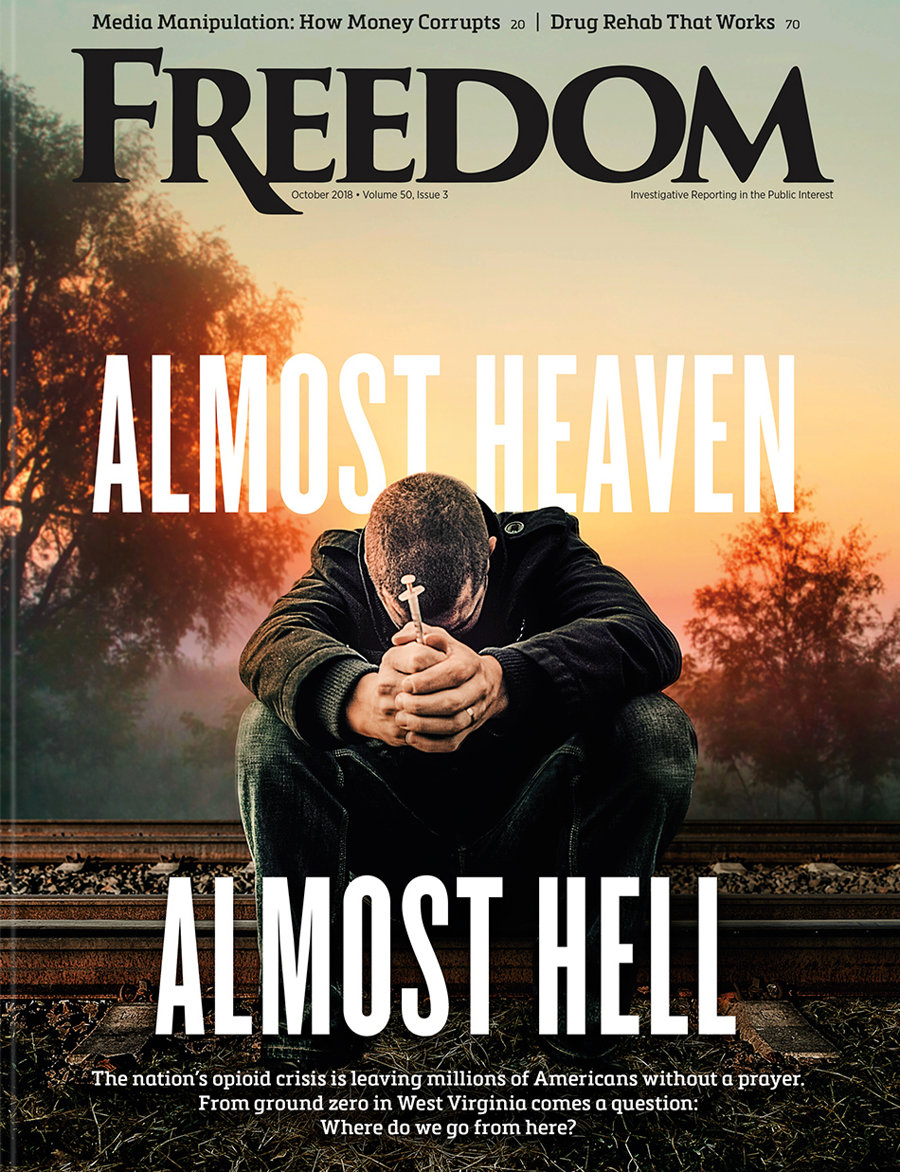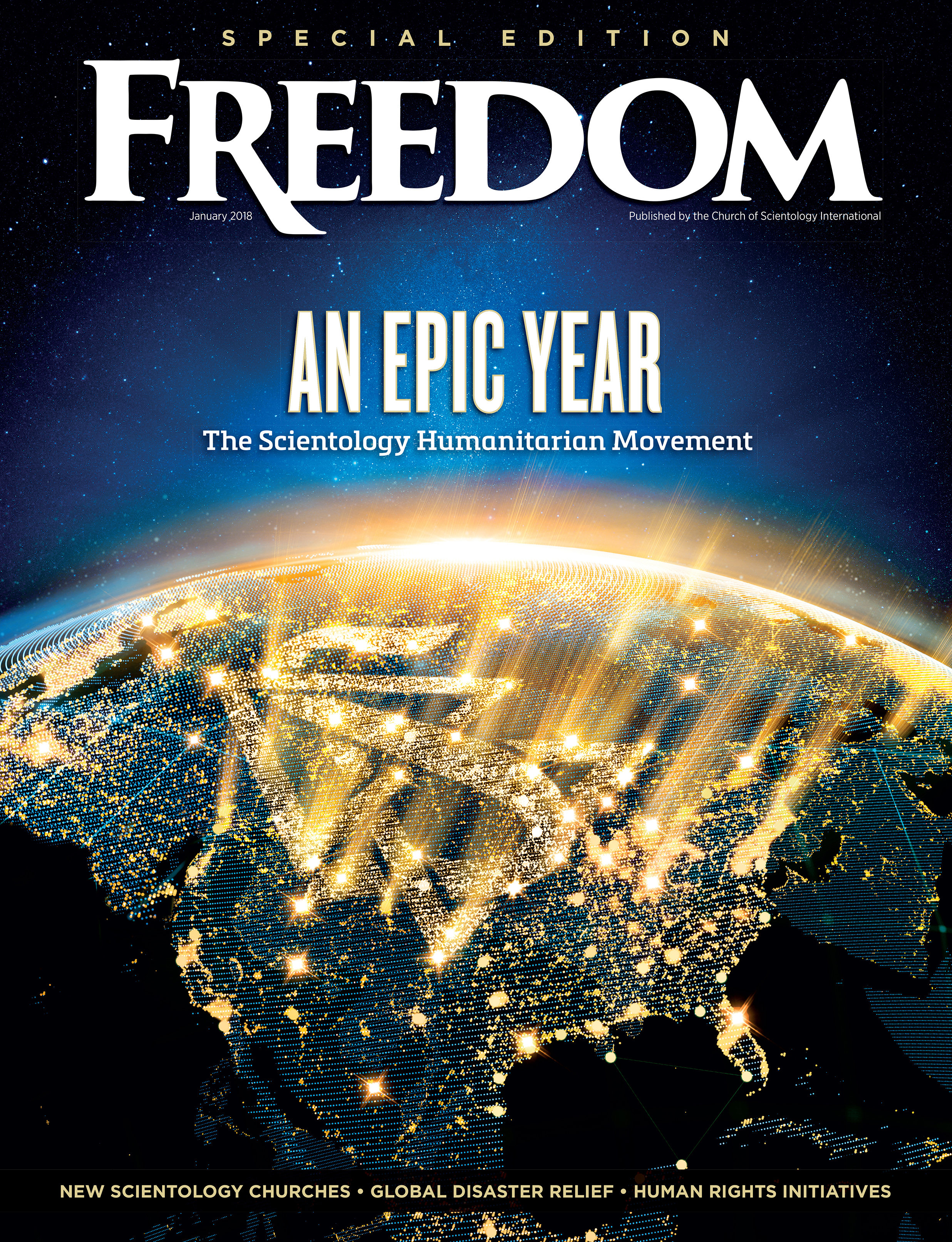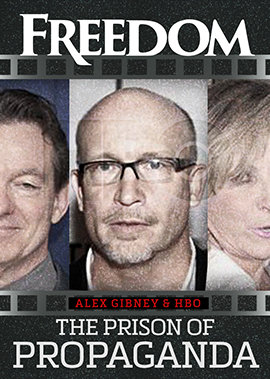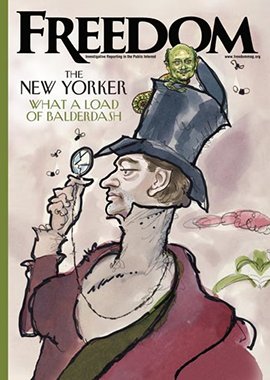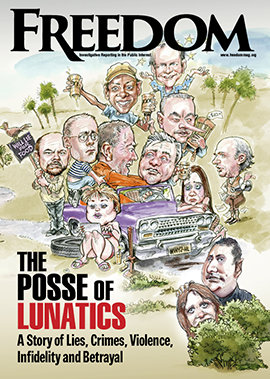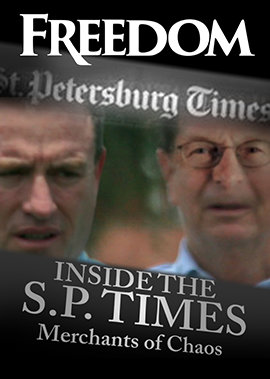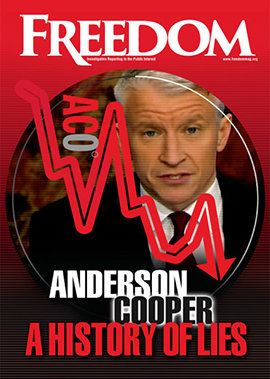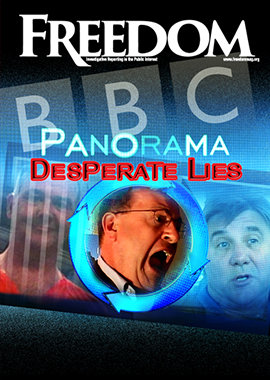Hence the importance of the recent seizure of nearly 45,000 pounds of uncut cocaine—along with 3,800 pounds of marijuana—by the crews of two US Coast Guard (USCG) ships off the coasts of Peru, Ecuador and the Galápagos Islands.
The haul, worth over an estimated $509 million, was heavily tied to Mexican drug-trafficking cartels (Jalisco New Generation and Sinaloa), according to the Justice Department, and was heading for distribution in the US and other locales.
“There’s almost 11,000 less new cocaine users that are going to be getting access to the drugs.”
“They seized $510 million in illegal drugs, that’s cocaine and marijuana, that was interdicted at sea before it could reach the US border,” Vice Admiral Nathan Moore, commander of the US Coast Guard Atlantic Area, said. “It means 154 lives saved directly from cocaine-related overdose deaths in this country. It means that there’s almost 11,000 less new cocaine users that are going to be getting access to the drugs. It means that we saved at least $16.5 million on costs related to inmate care and health care for people afflicted with these drugs.”
The drugs, offloaded on April 9 at Port Everglades in Fort Lauderdale, represented the third law enforcement drug haul in recent months involving the USCG.
Last month, on March 6, more than 12,000 pounds of cocaine worth over $141 million were offloaded at the Coast Guard Station in Miami Beach after an eight-week operation captured the illicit substance in open waters in the Caribbean. That operation was conducted in tandem with the Canadian and Netherlands navies.
The smugglers were intercepted by using planes, thermal imaging and speedboats. As one service member described the chase, “When they zig, we zig, and they zagged, and we zagged. Once we got on scene, we were able to use the lights on our small boat and light them up, and we asked them to stop. They didn’t comply, so we ended up disabling their vessel.”
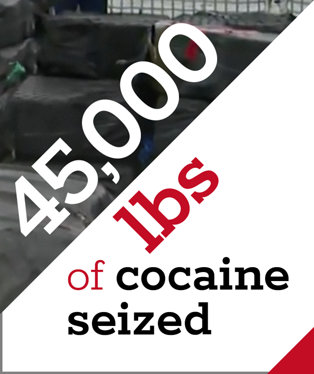
Then, two weeks later, the USCG offloaded 45,000 pounds of cocaine and 50 pounds of marijuana—valued at more than $517.5 million—once again at Port Everglades. Like the latest one, this haul was also the result of seizures made in the eastern Pacific.
Some 60 individuals are now in custody.
The Drug Enforcement Administration estimated that drug trafficking in the United States garnered over $60 billion in one year. That means that the dedicated men and women of the USCG—together with international navies and allied law enforcement agencies—by confiscating over $1 billion worth of drugs, cut off over one-sixtieth of the torrent flowing into and across America.
They certainly do have their work cut out for them.
Based on investigations into drug-trafficking offenses, powder and crack cocaine make up nearly a quarter of the illicit drug types trafficked and distributed in America, second only to methamphetamine.
Demand for the addictive, phony euphoria of cocaine is clearly high, particularly in the US and Canada, the largest markets for the drug in the world.
Staunching a tiny fraction of the tsunami is noble, needed and praiseworthy, but is, nevertheless, something like applying a tourniquet to someone who’s already been beheaded.
The demand for drugs is what fuels the cartels, not their bosses, their paid-off customs officials, their flunkies or their pushers on the streets.
The key, as has been proven time and time again by Foundation for a Drug-Free World, is prevention through education—through booklets and videos distributed across the world telling the truth about drugs. Information gets into the hands of youth before the first inhale, snort, injection or swallow, and cuts off the demand at its source: ignorance of the consequences of drug abuse.
If no one wants drugs, it won’t matter what the cartels try next. Their bottomless trough of high-profit death will simply dry up.
Then we could all sleep at night without worrying about our children.






